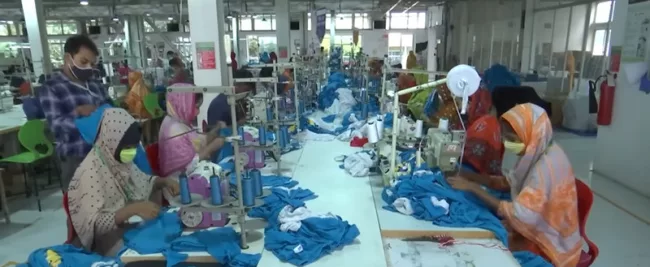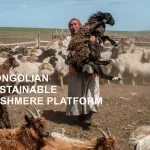 The International Labour Organization (ILO) is holding a Forum of all the stake holders (workers, employers & representatives of government, intergovernmental and non-governmental organizations) from 23-25 Sept. 2014 to evolve future policy with regard to wages and working hours in the textiles, clothing, leather and footwear industries.
The International Labour Organization (ILO) is holding a Forum of all the stake holders (workers, employers & representatives of government, intergovernmental and non-governmental organizations) from 23-25 Sept. 2014 to evolve future policy with regard to wages and working hours in the textiles, clothing, leather and footwear industries.
According to UNIDO, global average wages in the clothing industry are 35% lower and in the textiles industry are 24% lower than the manufacturing industry average wage. In some production countries the minimum wage remains below the national subsistence minimum. The ILO notes that the industry is distinctly divided into high-end and low-end (or “value”) production and brands. Factories involved in high-end production generally use better technology and more skilled workers. These factories have greater degree of multi-stakeholder initiative engagement resulting in better working conditions. But factories engaged in low-end or low-value production are considerably focused on cost cutting measures and mostly have poor working conditions. Many national economies rely on the clothing industry: 88% of total exports from Haiti, 79% from Bangladesh, 58% from Lesotho, 52% from Cambodia, 43% from Sri Lanka, 38% from Honduras, 36% from El Salvador, 31% from Mauritius, 20% from Madagascar, 18% from Tunisia, 17% from Pakistan, 15% from Morocco, 13% from Jordan, 12% from Viet Nam and 10% from Turkey are linked to the clothing industry. A glance at the world’s clothing retail reveals that North America represents 25%, Western Europe 27%, Eastern Europe and Turkey 10%, Japan and the Republic of Korea 13%. The rest of the world represents 25% of the total clothing retail. Another point worth noting is that while trade has grown, clothing prices have dipped by 30 to 40%.
ILO has expressed concern for the female workers in the textile & clothing industry who have to face challenging work conditions and practices. “Long and unpredictable working hours and safety concerns make it difficult for women to combine family responsibilities with work. Low wages, weak collective bargaining opportunities and lack of equal pay for work of equal value can make women vulnerable to exploitation inside and outside the workplace. Poor or non-existent maternity protection and various forms of violence, abuse and harassment are still present in the T&C industries.”
Next comes the principle of the eight-hour day and 48-hour week, as maximum normal working hours – an internationally established norm the first ILO Convention was adopted in 1919. According to ILO, 22% of the global workforce, or 614.2 million workers, still work more than 48 hrs/week. ILO opines that remuneration at the piece rate or by task work could lead many workers to work long hours to earn the minimum wage, which is same as performing unpaid overtime work. This is also true for excessive overtime work with the help of temporary contract workers and subcontracting. It must be realized that excessive hours of work impact on workers’ health, well-being and workplace safety, and can cause unforeseen indirect costs for companies in the form of accidents, injuries, absenteeism, lower productivity, and high worker turnover.
ILO notes that-after the tragic factory fires in Pakistan/Bangladesh, and the Rana Plaza factory collapse in Bangladesh-enhanced cooperation between different stakeholders has resulted in the negotiation of new and innovative labour agreements such as The Accord on Fire and Building Safety, which is a legally binding agreement.
The Global Dialogue Forum on Wages and Working Hours in the Textiles, Clothing, Leather and Footwear Industries is going to discuss ways to address wages and working hours based on the above developments. Let’s hope that the participants will arrive at many key points of consensus and adopt them to guide future action of the ILO and its Members.
G.D. JASUJA
Managing Edit




